We celebrate the end of the year the only way we know how: through lists, essays, and mixes. Join us as we explore the music that helped define the year. More from this series
30
Crying
Beyond the Fleeting Gales
[Run For Cover]

Beyond the Fleeting Gales wasn’t your average work of 80s revivalism. Save for the occasional translucent watercolor stroke of a synth pad or an angular stab of 16-bit bass, New York-based chiptune trio Crying eschewed nods to New Wave flamboyance or post-punk austerity, instead seeking inspiration from the decade’s decidedly less fashionable cultural constituents. Donning denim vests and aural mullets, the band crafted a shockingly satisfying spin on the hair-metal power ballad: a Game Boy Advance’s sound card’s shimmering chords splashed onto the shores of Reagan-era bombast, buzzsaw rhythm guitars and stadium-sized percussion forming a wall of high-octane optimism. At the intersection of “Don’t Stop Believin’” and “Judy and the Dream of Horses,” Crying acted as crossing guards, carefully guiding granular synth bloops, self-indulgent shredding, and faint slivers of Cap’n Jazz-era emo to safety. A new pair of earbuds hugged your noggin, their rubber tail billowing in the wind as you made a mad dash from one end of the crosswalk to the other.
29
David Bowie
★
[Columbia]
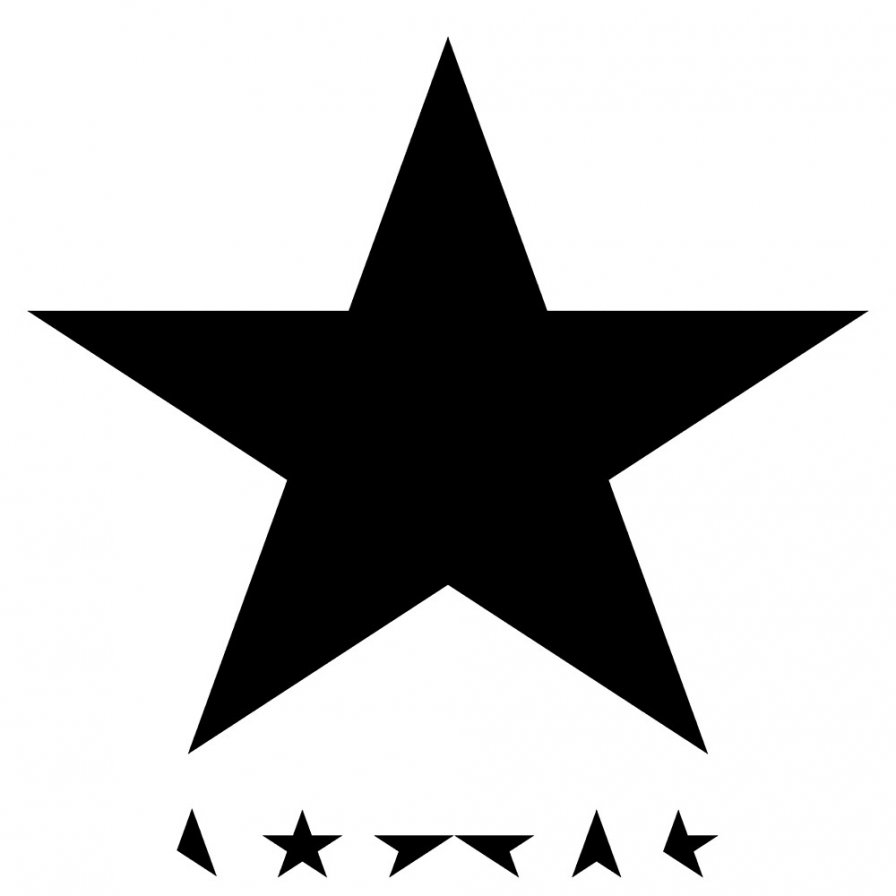
David Bowie died in January. Here we sit, rapidly approaching the end of this shit stain of a year, and that fact remains. David Bowie died in January. It didn’t feel real then, and it doesn’t feel real now. We lost a legend, which feels corny and melodramatic to say, but what other word is there? What other word can there be for a man who has produced some of the greatest songs of all-time, been a constant innovator, and yet managed to save one of his most complex, experimental, haunting, and yes, best acts for last? ★ would be a phenomenal achievement for any artist, let alone a 69-year-old cancer-stricken man’s 25th album. 25 albums deep and Bowie was still able to create something unlike anything he had ever done before: a jazz-infected, bible/World War I/self-referencing reflection on mortality, a confrontation with the specter of death. David Bowie is dead. But, in ★, in everything he has left behind, David Bowie cannot die.
28
Macula Dog
Why Do You Look Like Your Dog?
[Wharf Cat]
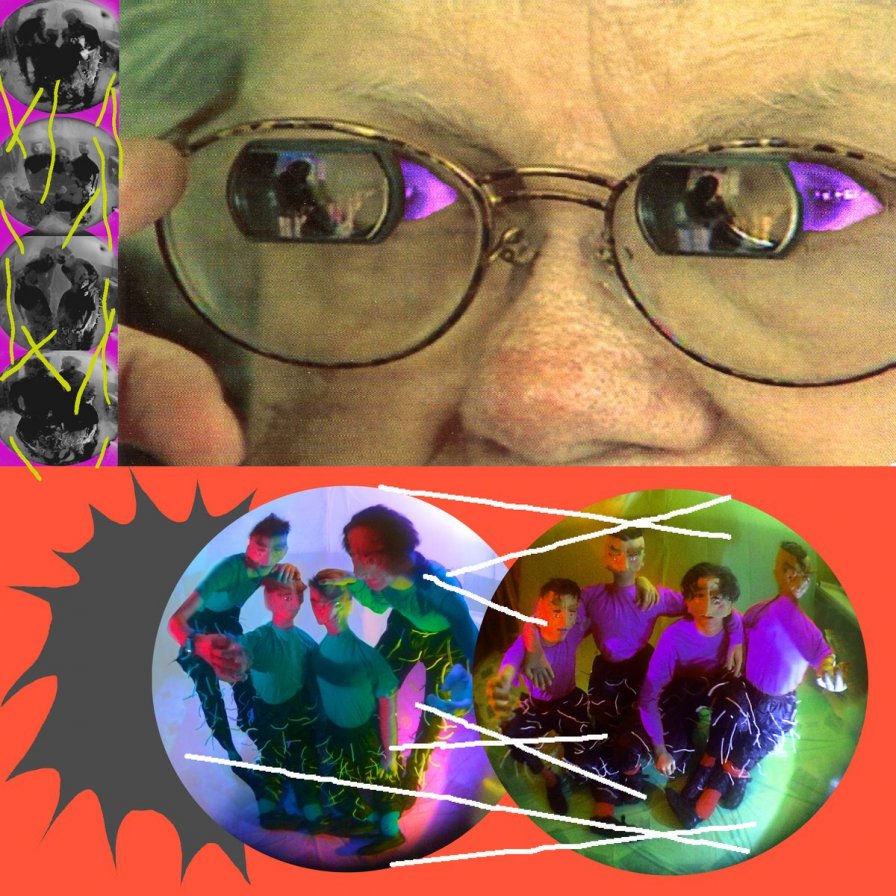
Macula Dog is a four-piece band, but the fact that two of the members are human-sized puppets perched atop the two human members’ shoulders is a revealing trick that the band employ beyond their live performances. Why Do You Look Like Your Dog? felt bigger than the sum of its parts, in part because of the aesthetic choices in the patches and instrumentation and the genuinely bonkers lyrics. Squelchy synths that gurgled across the definitely-not-programmed beats gave a frenetic, human energy to the electronic music in the same way that Macula Dog brought definitely-not-human puppets into their band and made them feel real, too. The result across the board was disconcerting in a carnival sideshow kind of way, which meant that you couldn’t help but be impressed, despite the reason and logic parts of your brain screaming out that something’s not adding up. Not only was Why Do You Look Like Your Dog? one of the most clever and unique albums of the year, but it was also straight up one of its best.
27
Tim Hecker
Love Streams
[4AD]
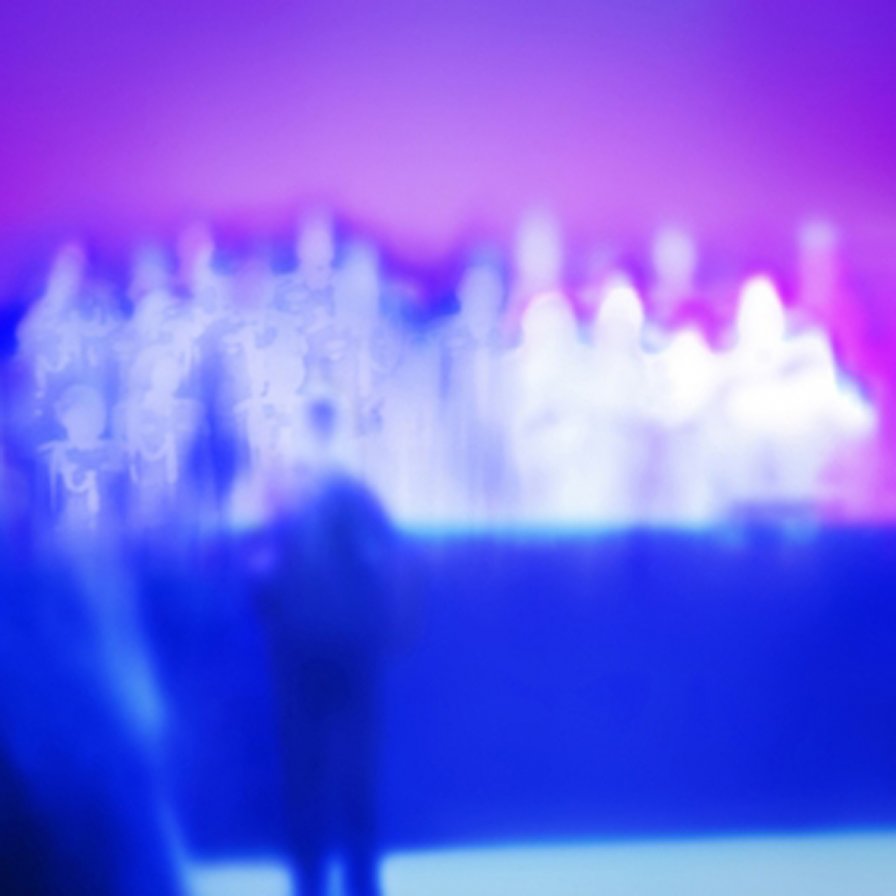
There’s no devaluing introspection, and we should all be grateful to Tim Hecker and his ambient cohorts for trafficking in a genre that characteristically delivers us into states of intoxicating inward-looking. The world we live in is necessarily interactive, however, and on that front, Love Streams was distinct generally and among Hecker’s discography as a whole for his self-described “interrogation of the voice.” Choral samples from 15th-century composer Josquin des Prez were manipulated and re-scored, and the resulting sheet music was then handed to Jóhann Jóhannsson, who helped (along with Ben Frost) in directing the Icelandic choir that ultimately sent our considerations extra as opposed to intra. The intermingling utterances arrived on “Music of the Air” battling an attempted noise overtake, and further down the waterway, the concluding “Black Phase” struck a magnificent note with its almost-Latin intonations, which reminded of Roman Catholic proclamations teeming with ideas about humanity’s place in the world. The human voice is the most affecting antidote to solipsism. Combining new instruments with old, Hecker told us that we aren’t alone, even if we occasionally relish our solitude.
26
Noname
Telefone
[Self-Released]
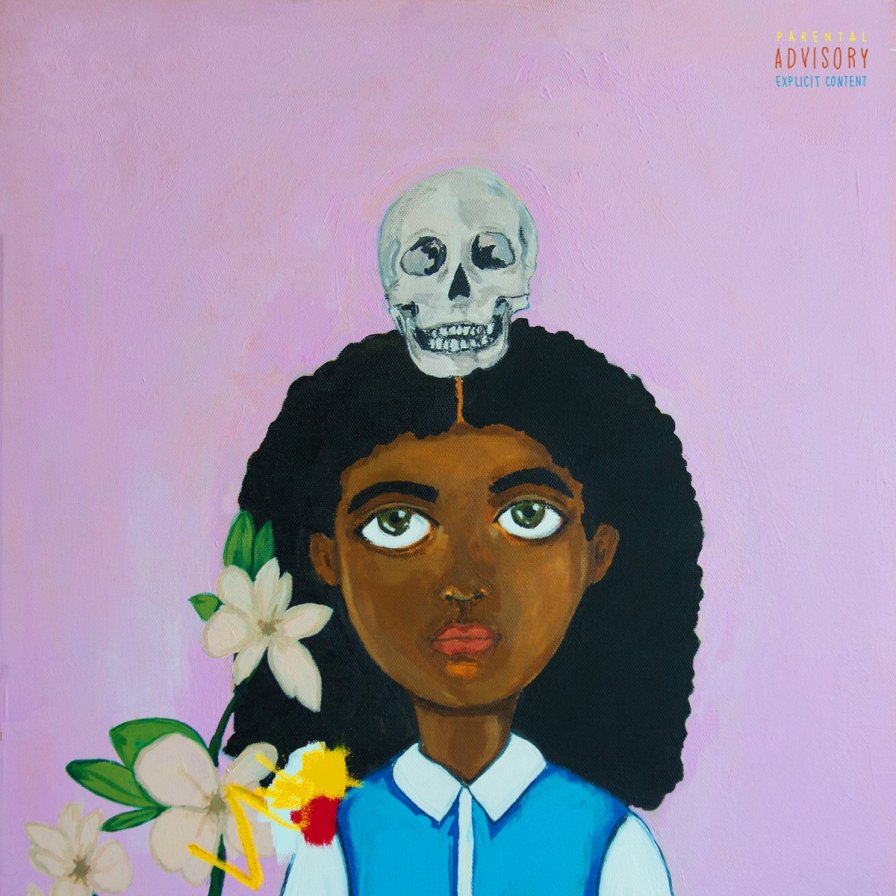
Telefone is the type of art that’s not only brilliant, but also brilliant in the way that it makes me question why we enjoy it. Not that you shouldn’t, but what is it that you think you’re hearing? Be honest with yourself. Do you hear anything confrontational here, or do you just like the colors? Do you feel happy-sad, but find in that feeling a sense of community? Of solidarity? Do you have imaginary friends? Do you tell them you have synesthesia, when really you just smoked Salvia a few times one summer? You’ll probably buy the next Noname album at Starbucks. You smile bright as day while she raps, “My granny gon’ turn up in her grave and say my granny really was a slave for this/ All your incompleted similes and pages ripped/ You know they whipped us niggas, how you afraid to rap it?” But is it because you fancy finding triumph in expressions of tragedy or because you really like these beats? Who are you?
25
Puce Mary
The Spiral
[Posh Isolation]

If the world felt too bright, a bit sunny, or vaguely pleasant this year, Puce Mary had any light buried alive. The Spiral, from lauded industrial noise artist Frederikke Hoffmeiers, was openly haunted through a simultaneous head-pounding course of capacity and claustrophobia. A bloodied handwritten note taped to a beat-up prized steer carcass being dumped out into a pit, The Spiral read as if the experience of death and despair never existed; instead, eternal discomfort lied at the bottom of that pit. A layer of grief bounded to the rising, unnerving sound that backed most of Hoffmeiers’ work — the brooding, death march drums; the squeals and shouts of the body. The Spiral was 2016’s most destructive eight-act theatrical work.
24
serpentwithfeet
blisters
[Tri Angle]
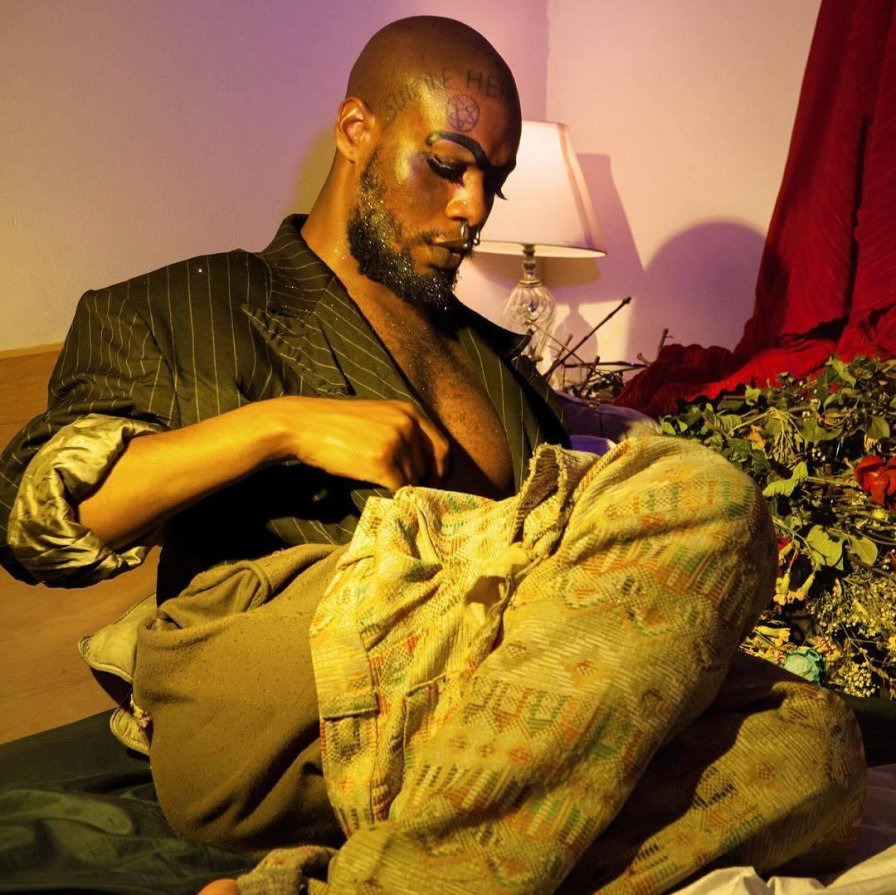
serpentwithfeet’s debut was sonic processing, cultural processing, and historic processing, the legacies of R&B, club music, gospel, sexuality, and marginal spirituality carefully, delicately, and wholeheartedly subjected to splitting, recombination, and modification. With assistance from The Haxan Cloak, productions split and bled as vocals toggled between timbres and affects and styles across stunningly unbroken melodic runs. Diverse samples bloomed into shrapnel in true post-club style, but that mutilated, recombinatory approach held just as true for songcraft as for sonics. An astonishing dedication to the careful interplay of vocal harmony and melodic lines, to songwriting on a micro- rather than macro-level, it became a truly queer vocal music, overflowing form and structure through an overwork and extreme focus that ruptured. Packing every corner of this imploded, miserablist, and at times disarmingly comic canvas with a second-to-second mastery of vocal form and tonal interplay, it was an empathetic overabundance of emotion, desire and pain springing from that voice, that shattered, explosive voice. A political project, an emotional bloodletting, an outpouring of chaotic, unfettered queerness backed by pummeling neoclassical drums and often moving into pure, unadulterated melodrama: it was rare that a portrayal of a disintegration, failure, and incomprehensibility could sound so sweetly specific, so lived-in and loved-in as blisters.
23
Solange
A Seat at the Table
[Saint/Columbia]

Solange held space, and we gathered. Everyone was invited. You and I were invited. And what an honor it was. Blessed for this intimacy, we needed it. Just like many of us needed to sit down and bear witness and learn how to listen. Solange held space for truth. What it means to be a black woman. How it feels. Not everyone can sing along or dance to A Seat at the Table. “They don’t understand/ What it means to me/ Where we chose to go/ Where we’ve been to know.” Solange made sure everyone saw black womanhood as sacred. The beauty and magic of her experience, yet at the same time, the sorrow and anger of it. “I slept it away, I sexed it away/ I read it away/ Away.” The world wants black women to be teachers, protesters, caretakers, everything. It weighs heavy, and Solange knows that comfort can be hard to find. And so she held space for history and community. “You’re a superstar/ You’re a superstar/ Always shining in the night/ And your skin glowing in the moonlight.” She held space for black women. She held space to seek joy and power, and to heal.
22
DJWWWW
Arigato
[Orange Milk]

I used to freak people out by telling them that the internet was a surrogate father of mine. I was being serious, though; it raised me up. Getting online at age 11, when the web was a primitive wild land of dial-up connections and text-based chatrooms, more deeply affected the way I turned out as an adult than my 17 years of formal education. Heck, I was downloading naked celeb JPGs long before Mr. Rodríguez talked to me about the birds and the bees. Of course, I love my dad and try to keep in touch with him. I’m very familiar with the emotional paresthesia of the scheduled call home; the precariously coherent rumble of a daily life too tedious to merit retelling mixed with a degree of affection familiarity made all but impossible to put into words. If I could call my “other” dad every Sunday afternoon, though, I’m sure our chats would sound a lot like DJWWWW’s Arigato. A telepathic link resembling 16 browser tabs open simultaneously, a hubbub of random stimuli making no actual sense but meaning that much to the two of us, bearing indeed the traces of technology bending reality into poignancy.
21
Princess Nokia
1992
[Self-Released]

More than the epitome of coolness for 2016, 1992 was the very notion’s battleground: an out-in-the-open exploration of what cool does and could mean. Call it hip or lit or “your personal brand” — there’s no escaping the fact that it’s the currency that much of the DIY world, for better or for worse, has come to embrace as a benchmark of quality. What was cool about 1992, then? Well, there were run-of-the-mill 90s references (from Mortal Kombat to drinking 40s), a delightful 2Pac impersonation, and Urban Outfitters-ready outfits in press photos. There were also cutting-edge, post-trap beats that breathed energy and languor into the tracks just the same. But all that was eclipsed by the kind of coolness that is increasingly hard to come by these days: that of a mission and personality unhampered by trend. Few things are more badass than an empowered Afro-Nuyorican “bruja” making body-positive messages the sole focus of her most successful single, rapping about skipping school to read comic books that feature non-sexualized, female superheroes, and asking women to come to the fore at her shows, pushing white guys like yours truly aside. It is the kind of coolness that can’t be bought, and if it won’t save us, I don’t know what will.
More about: Amnesia Scanner, Andy Stott, Anohni, Arca, Autechre, Beyoncé, Charli XCX, crying, Danny Brown, David Bowie, Dean Blunt, Dedekind Cut, djwwww, Elysia Crampton, Frank Ocean, Future, James Ferraro, Jenny Hval, Jeremih, Julianna Barwick, KA, Kanye West, Kero Kero Bonito, Klein, Macula Dog, Mitski, N-Prolenta, Noname, Oren Ambarchi, Princess Nokia, Puce Mary, Rihanna, Sean McCann, serpentwithfeet, Solange, The Caretaker, The Savage Young Taterbug, Tim Hecker, Young Thug, Yves Tumor
We celebrate the end of the year the only way we know how: through lists, essays, and mixes. Join us as we explore the music that helped define the year. More from this series



